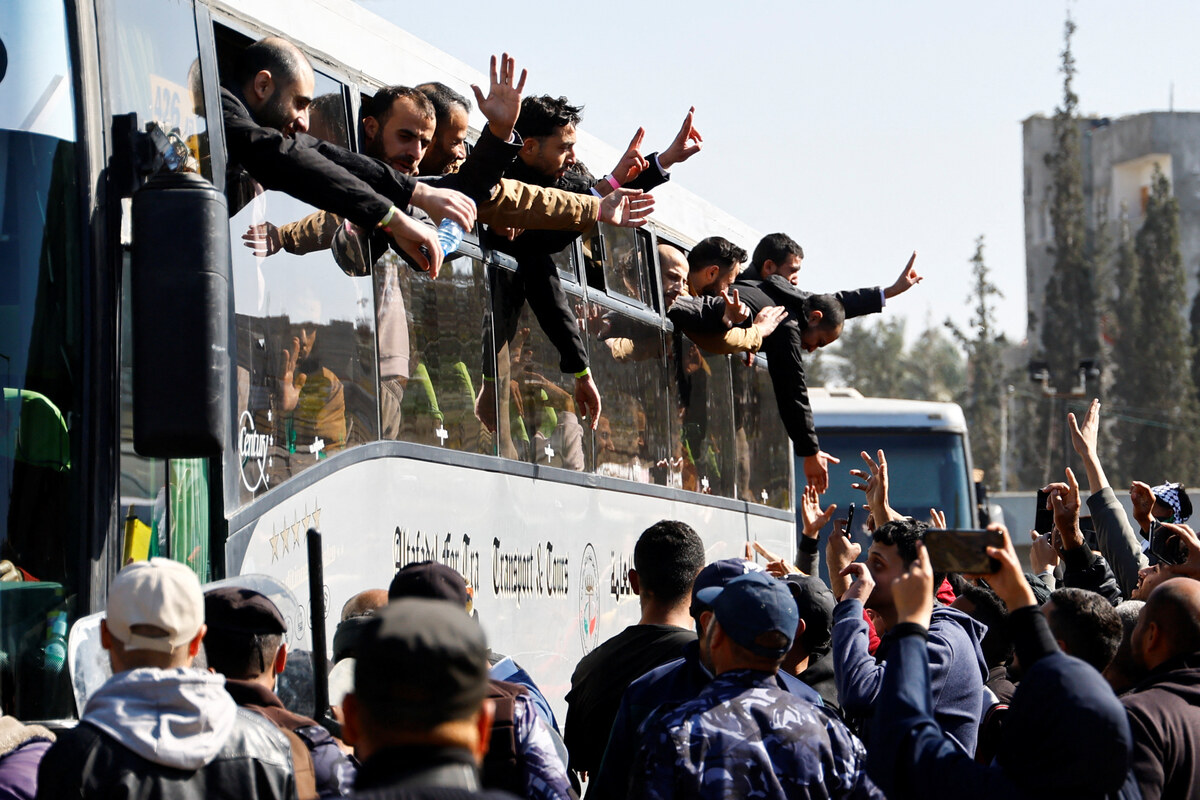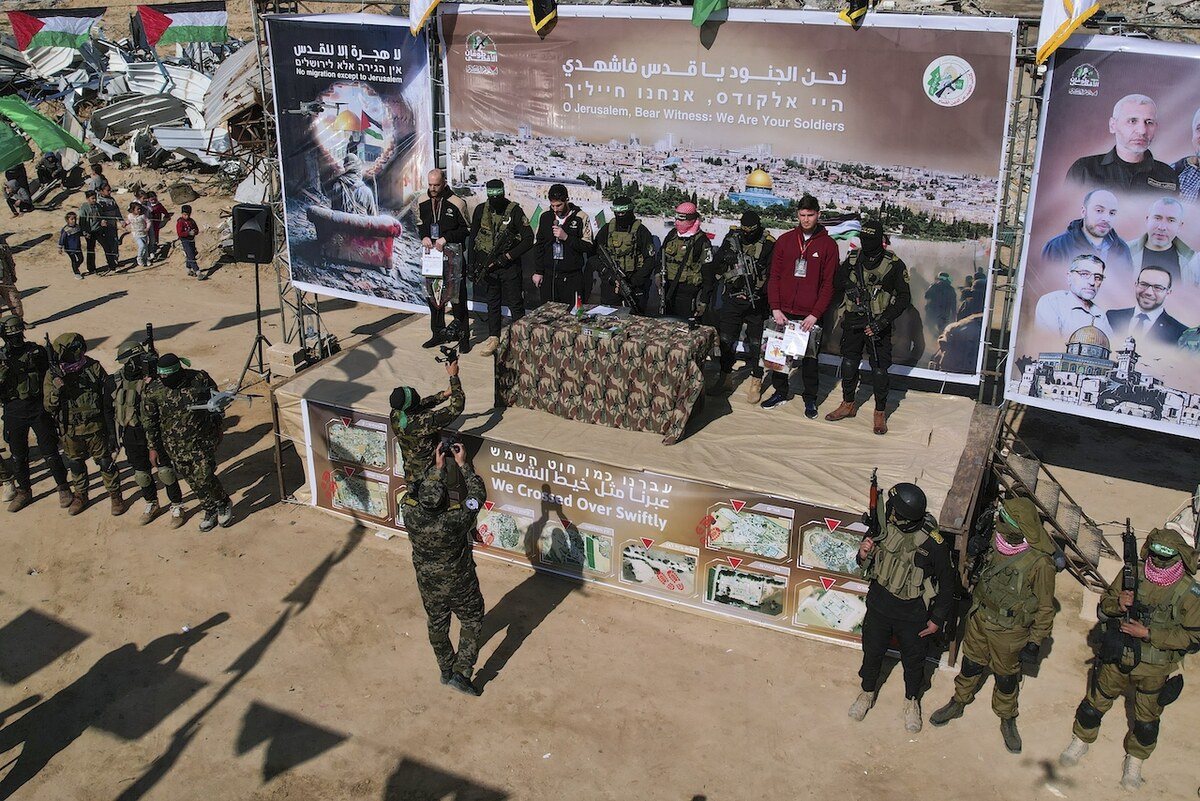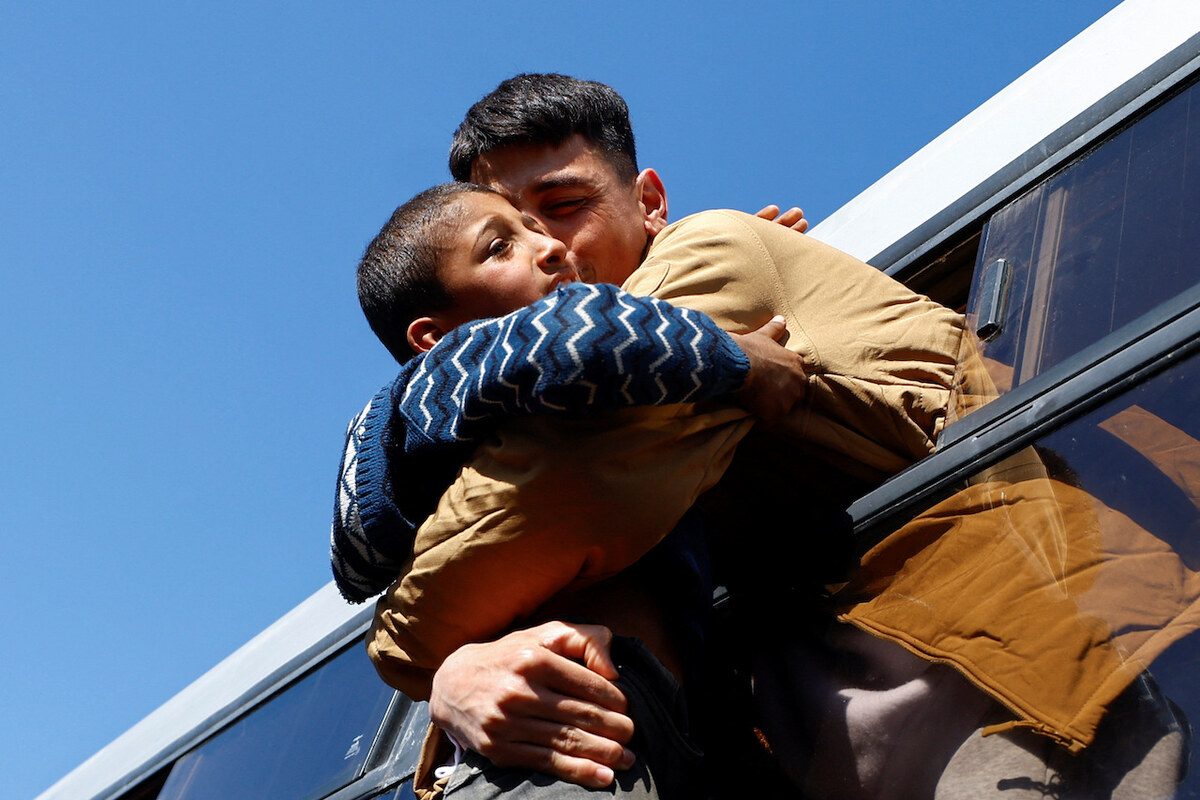BEIRUT: When Israel bombed buildings outside the southern Lebanese city of Sidon, Mohamed Arkadan and his team rushed to an emergency unlike anything they had ever seen.
About a dozen apartments had collapsed onto the hillside they once overlooked, burying more than 100 people. Even after 17 years with the civil defense forces of one of the world’s most war-torn nations, Arkadan was shocked at the destruction. By Monday afternoon — about 24 hours after the bombing — his team had pulled more than 40 bodies, including children’s, from the rubble, along with 60 survivors.
The children’s bodies broke his heart, said Arkadan, 38, but his team of over 30 first responders’ inability to help further pained him more. Firetrucks and ambulances haven’t been replaced in years. Rescue tools and equipment are in short supply. His team has to buy their uniforms out of pocket.
An economic crisis that began in 2019 and a massive 2020 port explosion have left Lebanon struggling to provide basic services such as electricity and medical care. Political divisions have left the country of 6 million without a president or functioning government for more than two years, deepening a national sense of abandonment reaching down to the people the country depends on in emergencies.
“We have zero capabilities, zero logistics,” Arkadan said. “We have no gloves, no personal protection gear.”
War has upended Lebanon again
Israel’s intensified air campaign against Hezbollah has upended the country. Over 1,000 people have been killed in Israeli strikes since Sept. 17, nearly a quarter of them women and children, according to the Health Ministry.
On Wednesday, two Israeli strikes hit an Islamic rescue center, affiliated with Hezbollah, in Lebanon’s south, killing six medics and destroying the building, according to Lebanon’s National News agency. Before those deaths were reported, the ministry said it had documented the deaths of over 40 medics and rescuers.
Hundreds of thousands of people have fled their homes, sleeping on beaches and streets.
The World Health Organization said over 30 primary health care centers around Lebanon’s affected areas have been closed.
On Tuesday, Israel said it began a limited ground operation against Hezbollah and warned people to evacuate several southern communities, promising further escalation.
Lebanon is “grappling with multiple crises, which have overwhelmed the country’s capacity to cope,” said Imran Riza, the UN’s humanitarian coordinator for Lebanon, who said the UN had allocated $24 million in emergency funding for people affected by the fighting.
Exhausted medical staff are struggling to cope with the daily influx of new patients. Under government emergency plans, hospitals and medical workers have halted non-urgent operations.
Government shelters are full
In the southern province of Tyre, many doctors have fled along with residents. In Nabatiyeh, the largest province in southern Lebanon, first responders say they have been working around the clock since last week to reach hundreds of people wounded in bombings that hit dozens of villages and towns, often many on the same day.
After the bombing in Sidon nearly 250 first responders joined Arkadan’s team, including a specialized search-and-rescue unit from Beirut, some 45 kilometers (28 miles) to the north. His team didn’t have the modern equipment needed to pull people from a disaster.
“We used traditional tools, like scissors, cables, shovels,” Arkadan said.
“Anyone here?” rescuers shouted through the gaps in mounds of rubble, searching for survivors buried deeper underground. One excavator removed the debris slowly, to avoid shaking the heaps of bricks and mangled steel.
Many sought refuge in the ancient city of Tyre, 20 kilometers (12 miles) north of the border with Israel, thinking it was likely to be spared bombardment. More than 8,000 people arrived, said Hassan Dbouk, the head of its disaster management unit.
He said that there were no pre-positioned supplies, such as food parcels, hygiene kits and mattresses, and moving trucks now is fraught with danger. Farmers have been denied access to their land because of the bombings and the municipality is struggling to pay salaries.
The humanitarian situation is catastrophic
Meanwhile, garbage is piling up on the streets. The number of municipal workers has shrunk from 160 to 10.
“The humanitarian situation is catastrophic,” Dbouk said.
Wissam Ghazal, the health ministry official in Tyre, said in one hospital, only five of 35 doctors have remained. In Tyre province, eight medics, including three with a medical organization affiliated with Hezbollah, were killed over two days, he said.
Over the weekend, the city itself became a focus of attacks.
Israeli warplanes struck near the port city’s famed ruins, along its beaches and in residential and commercial areas, forcing thousands of residents to flee. At least 15 civilians were killed Saturday and Sunday, including two municipal workers, a soldier and several children, all but one from two families.
It took rescuers two days to comb through the rubble of a home in the Kharab neighborhood in the city’s center, where a bomb had killed nine members of the Al-Samra family.
Six premature babies in incubators around the city were moved to Beirut. The city’s only doctor, who looked after them, couldn’t move between hospitals under fire, Ghazal said.
One of the district’s four hospitals shut after sustaining damage from a strike that affected its electricity supply and damaged the operations room. In two other hospitals, glass windows were broken. For now, the city’s hospitals are receiving more killed than wounded.
“But you don’t know what will happen when the intensity of attacks increases. We will definitely need more.”
Making do with what they have
Hosein Faqih, head of civil defense in the Nabatiyeh province, said that “we are working in very difficult and critical circumstances because the strikes are random. We have no protection. We have no shields, no helmets, no extra hoses. The newest vehicle is 25 years old. We are still working despite all that.”
At least three of his firefighters’ team were killed in early September. Ten have been injured since then. Of 45 vehicles, six were hit and are now out of service.
Faqih said he is limiting his team’s search-and-rescue missions to residential areas, keeping them away from forests or open areas where they used to put out fires.
“These days, there is something difficult every day. Body parts are everywhere, children, civilians and bodies under rubble,” Faqih said. Still, he said, he considers his job to be the safety net for the people.
“We serve the people, and we will work with what we have.”
Lebanon’s rescuers struggle to respond to Israeli offensive while under fire and using old equipment
https://arab.news/npfd7
Lebanon’s rescuers struggle to respond to Israeli offensive while under fire and using old equipment

- An economic crisis that began in 2019 and a massive 2020 port explosion have left Lebanon struggling to provide basic services such as electricity and medical care
- “We have zero capabilities, zero logistics. We have no gloves, no personal protection gear,” says Mohamed Arkadan, head of a local emergency response team































